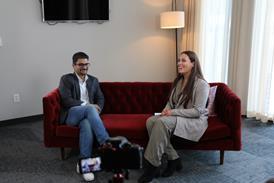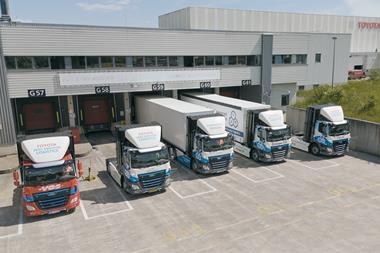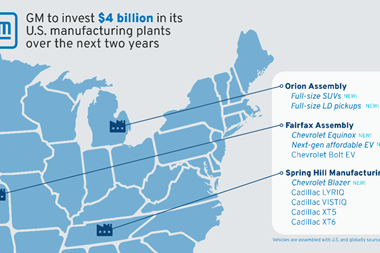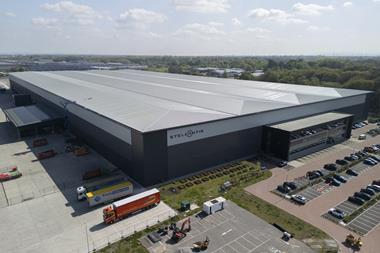 Automated guided vehicles (AGVs) are now working alongside workers and robots at Faurecia’s car seat manufacturing plant in Vitoria-Gasteiz, northern Spain.
Automated guided vehicles (AGVs) are now working alongside workers and robots at Faurecia’s car seat manufacturing plant in Vitoria-Gasteiz, northern Spain.
Through a weightless handling system, workers transfer the car seat from the end of the line to the AGV, which then delivers it to a loading robot.
The vehicle then takes the seat to a loading robot, which picks it up and tells the AGV when it can return to its initial position to start another delivery cycle.
All of that is synchronised with a predetermined sequence to ensure each seat goes to the correct place on the OEM’s overhead conveyor, said Kivnon, which manufactures the AGVs.
“This system has managed to automate the whole loading system [and] storage seats sequencing in a warehouse at level zero, thereby facilitating the control system and backup if necessary,” said Faurecia’s plant director at Vitoria-Gasteiz, César Lafraya.
The “very flexible system” allows quick layout modifications and the opportunity to increase capacity in a very fast and simple way, he added.
Each AGV can rotate 360º on its own axis and is equipped with a lifting platform and an RFID reader to increase its range of functions.
Kivnon, based in Barcelona, said the automated vehicles, specially designed to work in confined spaces, can operate 24 hours a day, seven days a week thanks to loop battery charging stations.
“This warehouse management system [WMS] is showing exactly where the market of AGVs is going,” said Kivnon’s sales director Rob Keij.
“Besides the traditional trips for an AGV to take material from A to B, we now experience a higher demand for extremely intelligent technologies and programming of the routes of our AGVs. In this way we help the customer to take the internal logistics and their WMS to the next level.”
Twenty-six AGVs and 200 carts are required to move “a very high number” of seats each day at Vitoria-Gasteiz, says Kivnon. A company spokesman declined to give the total, or the OEMs to which the seats are delivered.


































